1. DRAWING
2. IMPRIMATURA
2.5. EAT A TOASTED AND LIGHTLY BUTTERED ENGLISH MUFFIN
3. GRISAILLE
4. DEAD COLOR
4.5 KEEP CALM
5. GLAZE
For medium I am using walnut alkyd medium, which is a great medium if you are wanting to go non-toxic in your studio. One of the best manufacturers for this is M. Graham and that is who you should go with if you are interested in trying this out.
My walnut alkyd medium is made for me by actual bees. Well, they are wasps at least. Or maybe ground hornets. Anyway, I’m using their winter food storage as a medium and I am not sorry. If they wanted me to be sorry then they shouldn’t have been winged, stinging insects and they shouldn’t have built their nest outside my window.

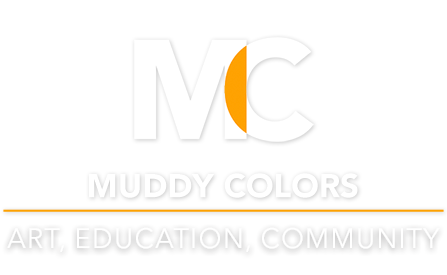
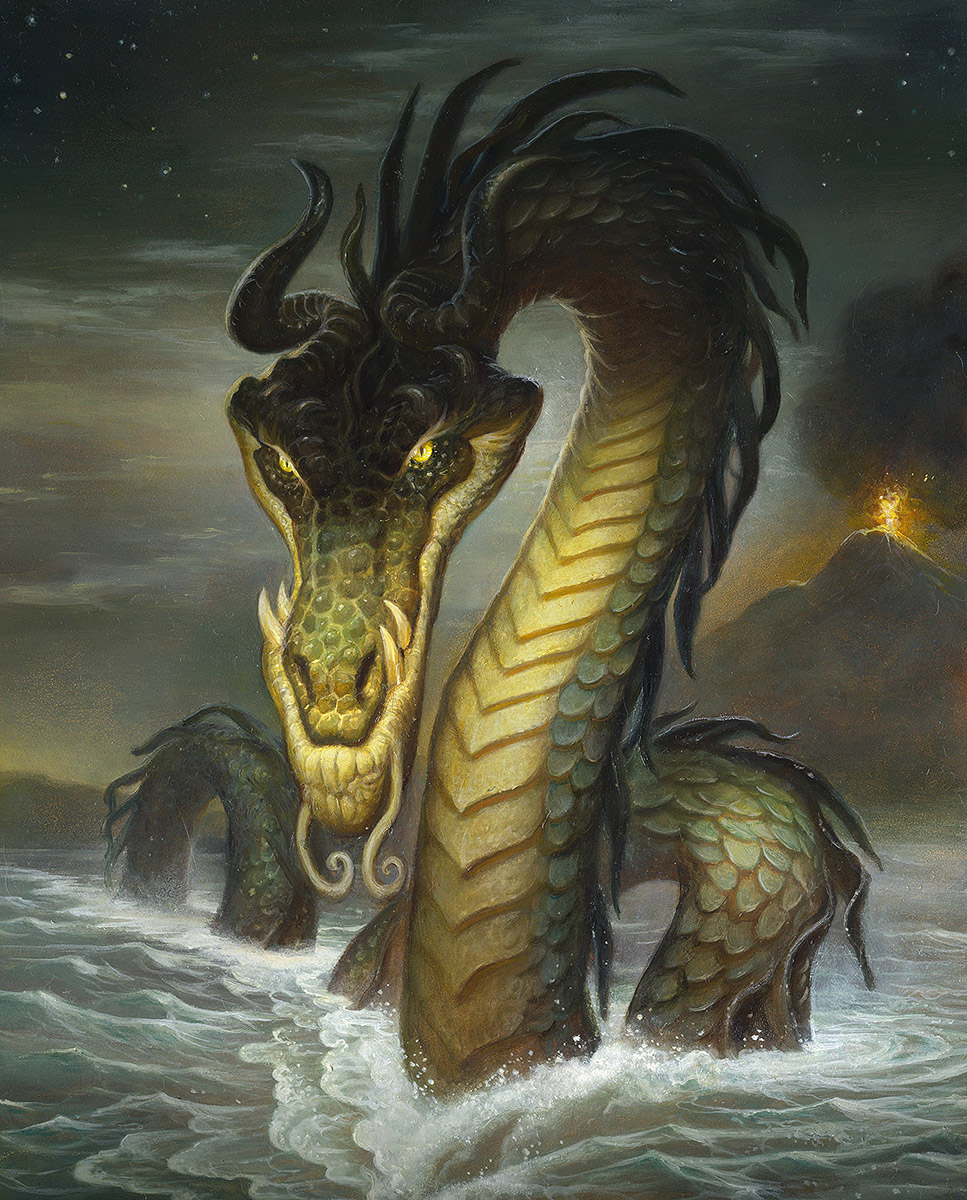

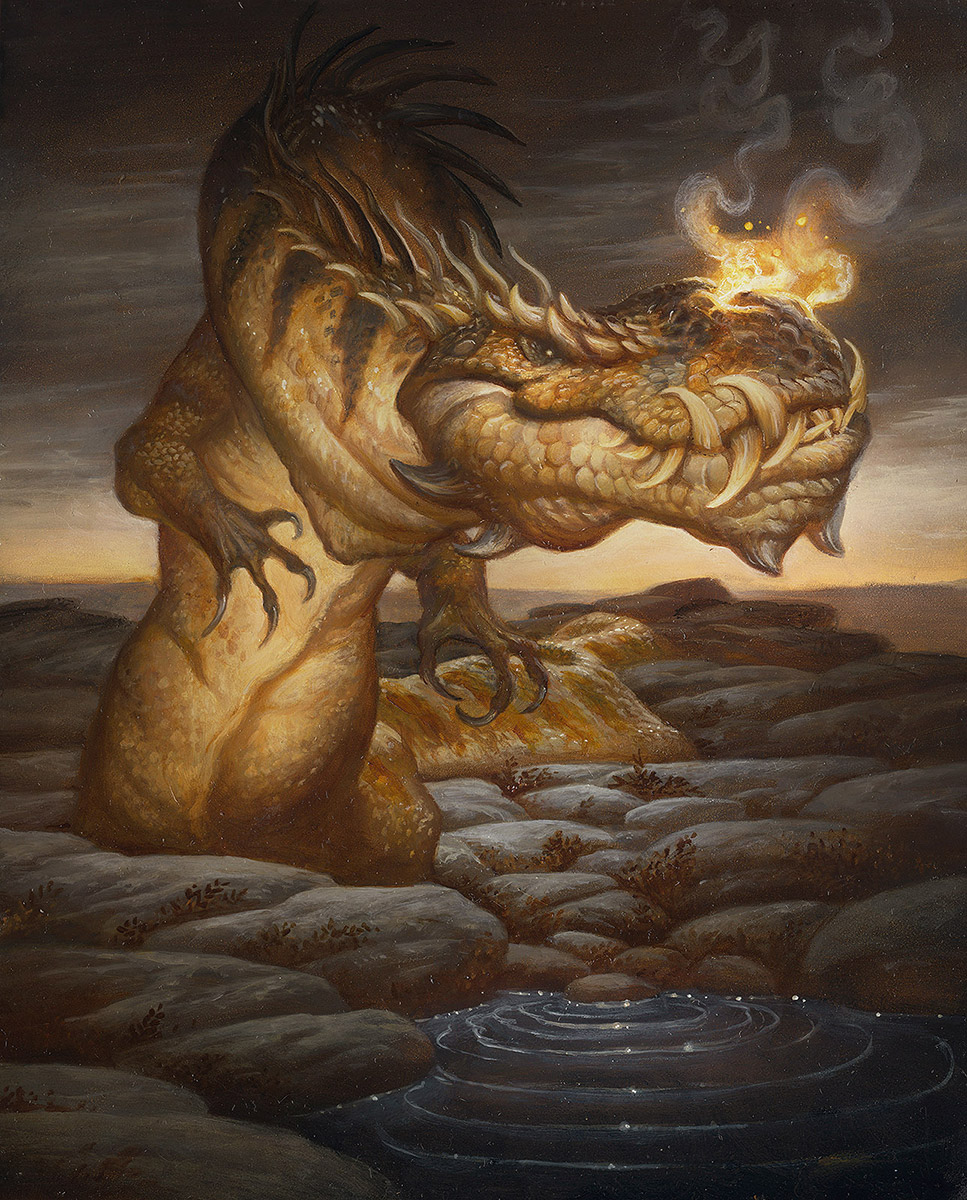

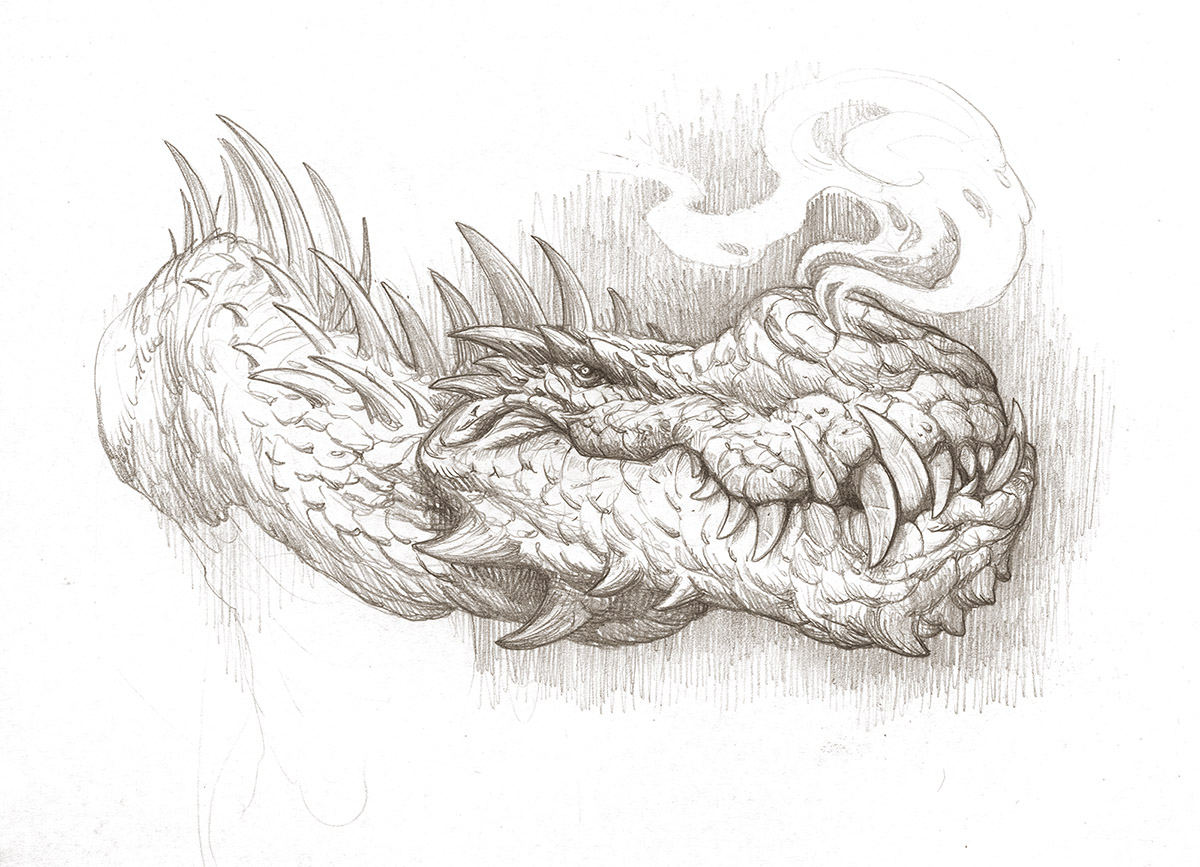


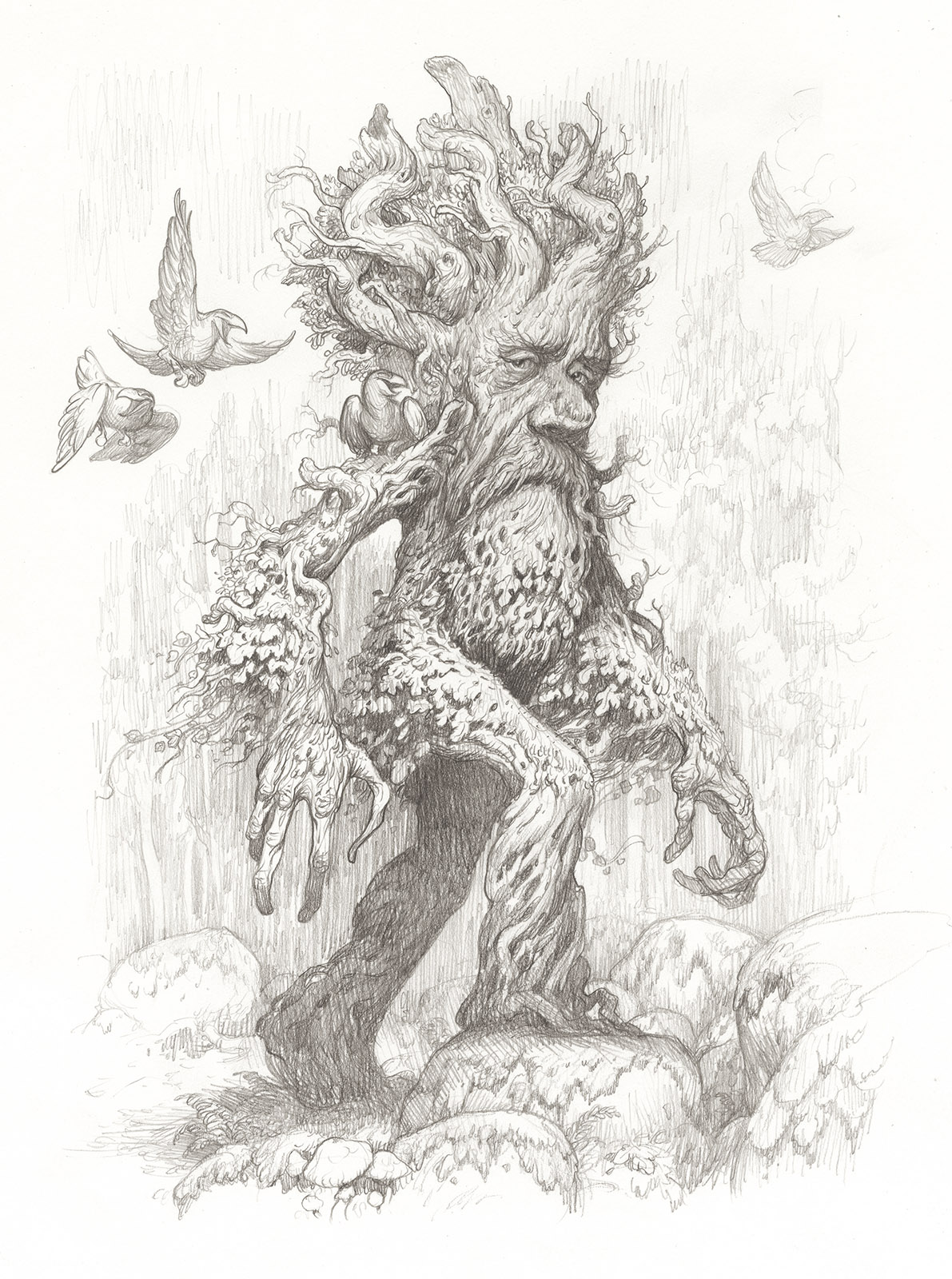

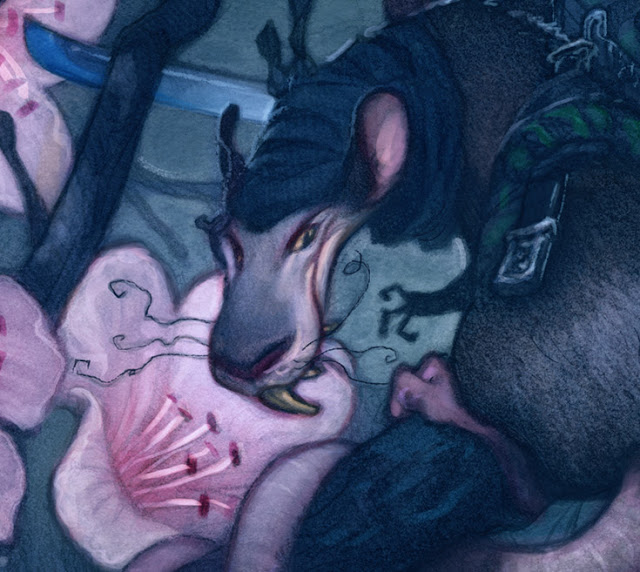
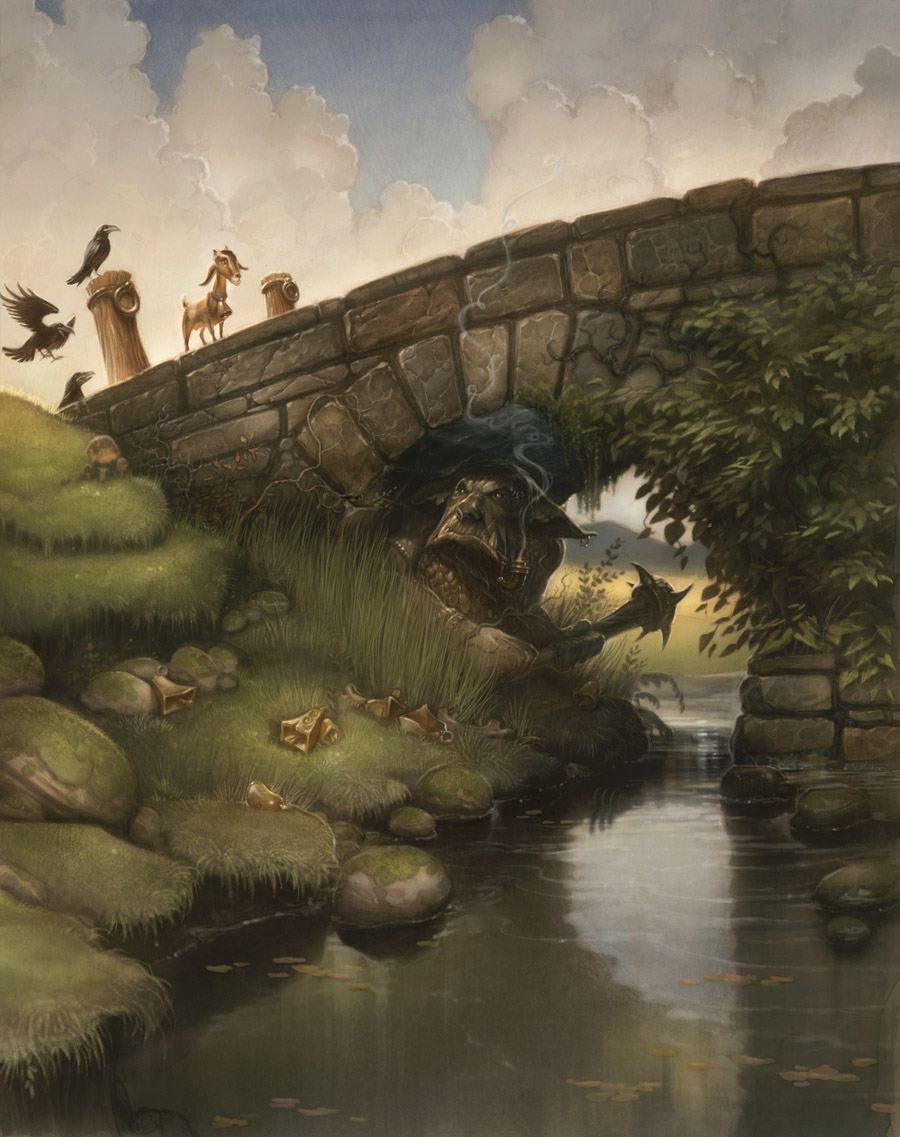

Nice method and fantastic work Justin. I will have to disagree with you on the paintings in Valhalla. They are painted on the shields of the Numbskull's stupid enuff to get in a Vikings way when he's swinging his huge mother-humpin' axe!
Your articles have a nice mix of technical details and great humour, always fun to read!
And the paintings are just as great! Always that soft glow, without sacrificing contrast and focus. Especially in that last one “Mean Tweets” (great title, btw) … amazing quality to the light!
Does this mean these are 'pure' oil paintings? No digital magic on top?
Thanks for sharing!
Thanks Nico! And yes, this time around we've gone pure oil with no digital trickery other than color corrections to get the digital to match the original.
Do you typically put so much detail into your pencil drawings before you turn them into paintings? I know the former is your chance to work out the concept, but that almost seems like twice the work.
I do always have some kind of tight line drawing finished before I start painting (especially for oils since they are so hard to correct later on). But I don't always have rendered and shaded drawings like the ones above. Some projects just don't have the time for it. But when I do have the time I really enjoy having a really solid drawing to work from. It is more work for sure, but it makes the painting process a lot less stressful for me!
Find doing a tight pencil sketch is so enjoyable, almost like meditation. No mediums, tools and 'clean up time' to worry about. Just paper and pencil – so simple yet so versatile 🙂
When the dead color layer, do you glaze over the underpainting or paint with opaque paints on top?
It's kind of something in between the two. I scrub the paint onto the surface with very little medium so that the paint is semi-opaque. After this dead color layer dries the image is often very sunken in and so the next layers are when I start working with more mediums to paint in glazes.
This is awesome! I'm giving it a go with my next piece! I just finish the inking and notice that the graphite passes through, are you using a brown pastel transfer to alleviate that issue? Great post Justin, a lot of questions were answered!
Thanks Richard! I am indeed using brown pastel instead of graphite here! I am also erasing it afterwards to cut down on any of the mess, so it's only the ink I'm working over.
Thank you for such an informative + funny article; beautiful paintings and very clear display of process! I am wondering, would you be willing to share your total drawing + painting times for these pieces? (I am trying to cut down on my overly long drawing + painting times, and am not sure what is a reasonable work time to strive for, for a detailed oil painting!)
Thanks Kat! It is hard to say exactly how many hours I spent on these. The drawings take at least a full workday once you work in all the scribbling and revising and redrawing. The actual paintings themselves are anywhere from a week to 3 weeks. (I tend to work pretty slow in oil) The Ent image above was probably about 15 days or so.